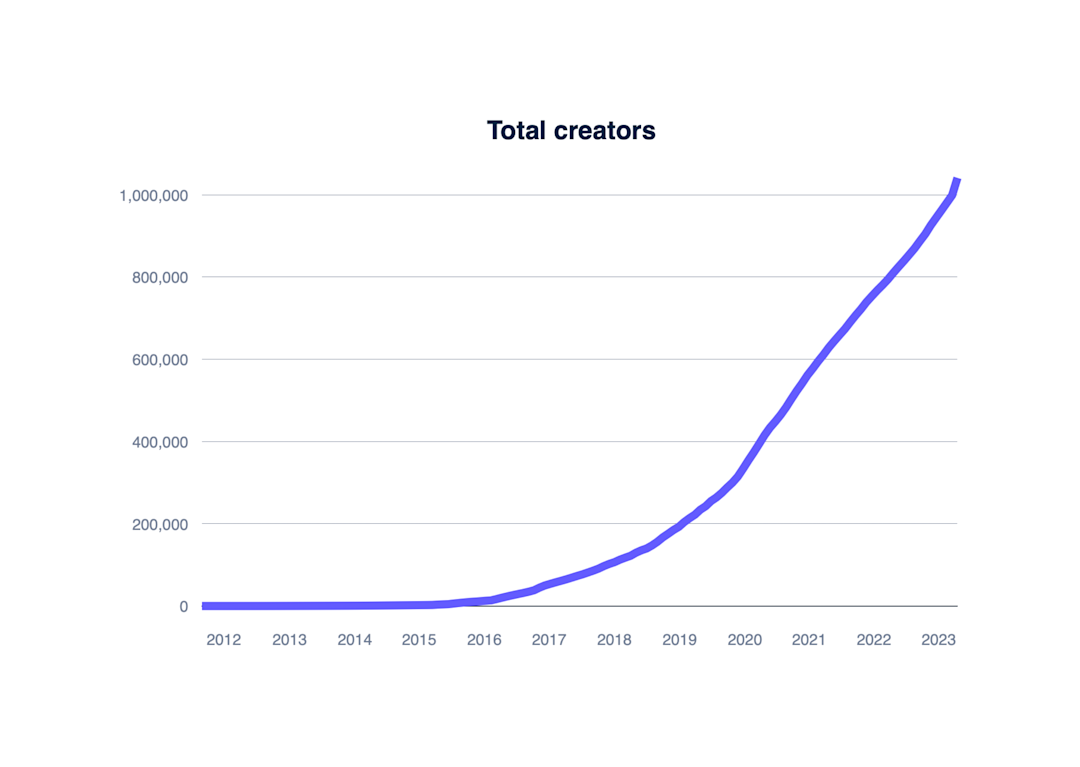Corporate
Stripe Sessions is back on May 6, 2025

Join us May 6–8 in San Francisco for Stripe Sessions, our annual user conference. This year, we’re doubling the number of breakout sessions, expanding our training program to give you more hands-on product support, and adding a demo stage to showcase more of Stripe’s key updates.


























